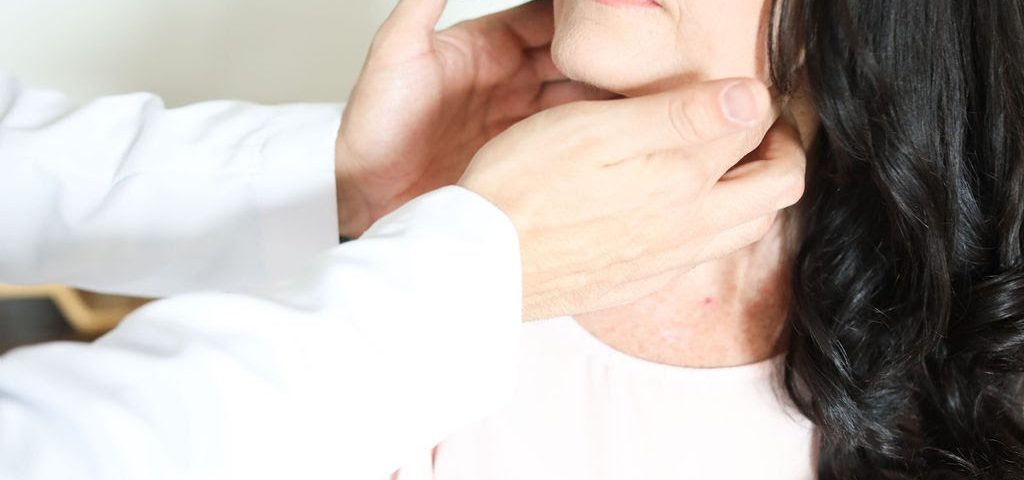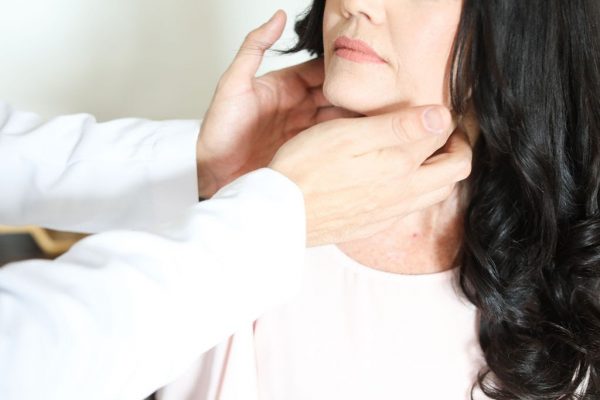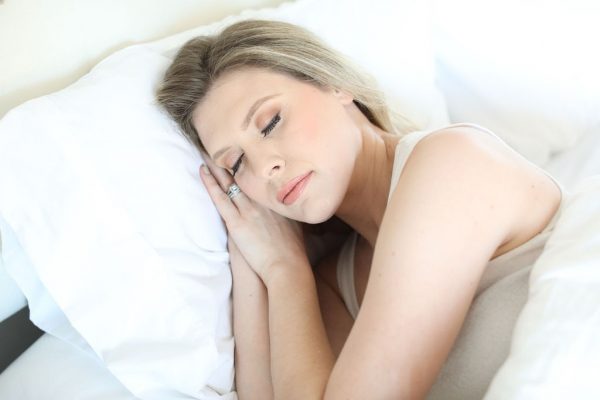How Do You Treat Mold Exposure?
So, what do you do if you feel like you have been exposed to mold? Here are two words I want to start you with: hydration and irrigation.
It is important to ensure that we are staying hydrated and irrigating your sinuses. Basically, we want to keep an optimal level of humidity at all times.
There is a range between 20-40% humidity that seems optimal for human health, and overall reduces mold growth. In many areas, humidity can be much higher.
In instances like these, we first tend to think of dehumidifiers and generalized air filtration. Both of these can help a lot, because these irritants are concentrated in the air.
There are other therapies that exist, too. They are antihistamines, both natural and conventional, which can be helpful but are ultimately stop-gap measures.
The real goal at hand is really lowering your mold burden. And, while you may not be able to get it to zero, you can get it below a threshold of irritation.
Desensitization
Another potential step involves desensitization.
This could include traditional allergy treatments, like shots, or newer methods of sublingual immunotherapy. Both can be done to desensitize against mold.
For these indoor air types, it’s not that they are dangerous, it is that your immune system overreacts to them.
So, if you can lower the level of mold while calming your immune system’s reaction, you will likely end up feeling much, much better.













